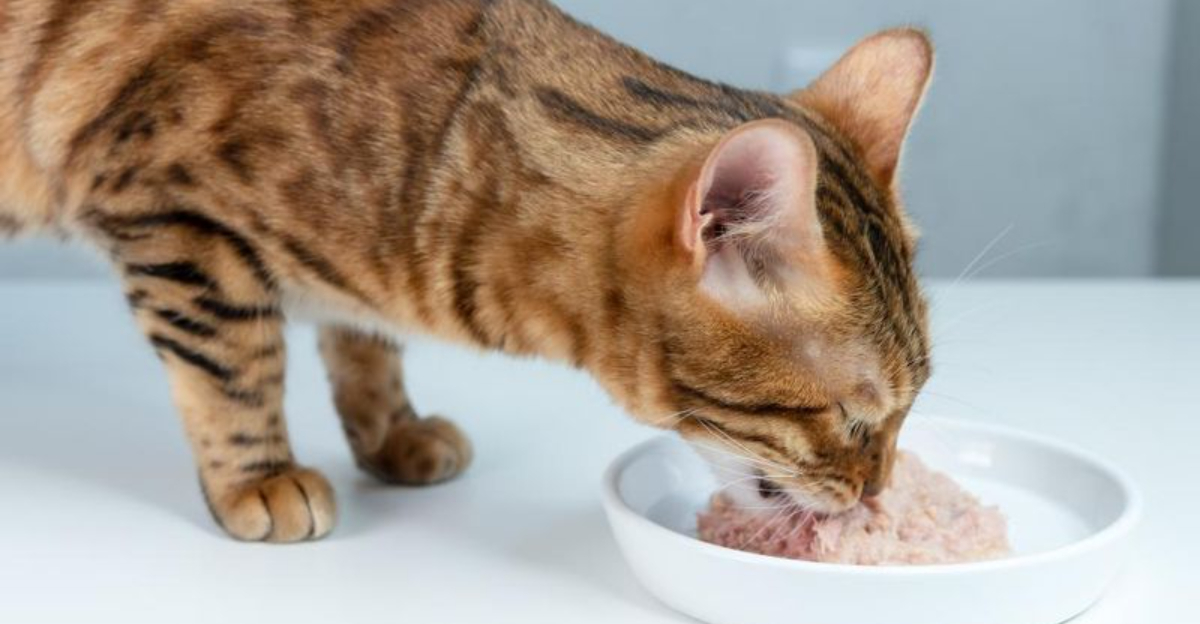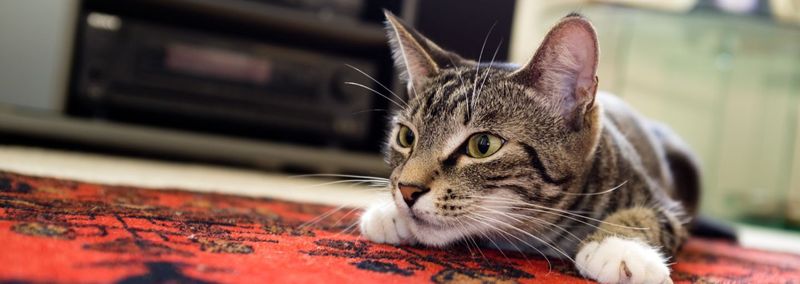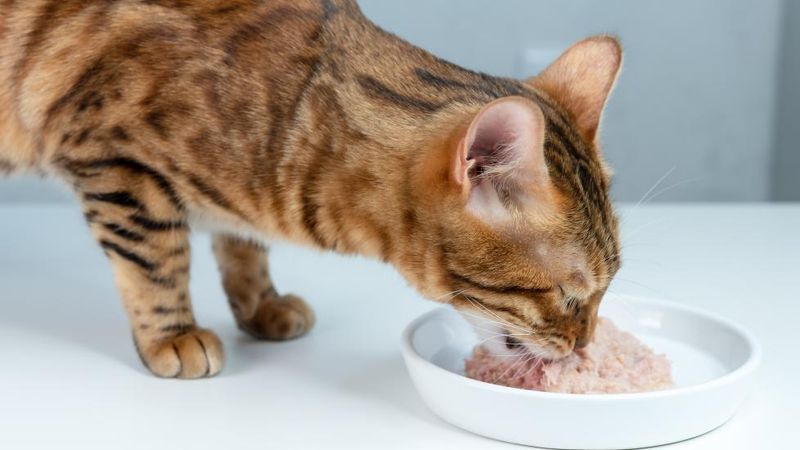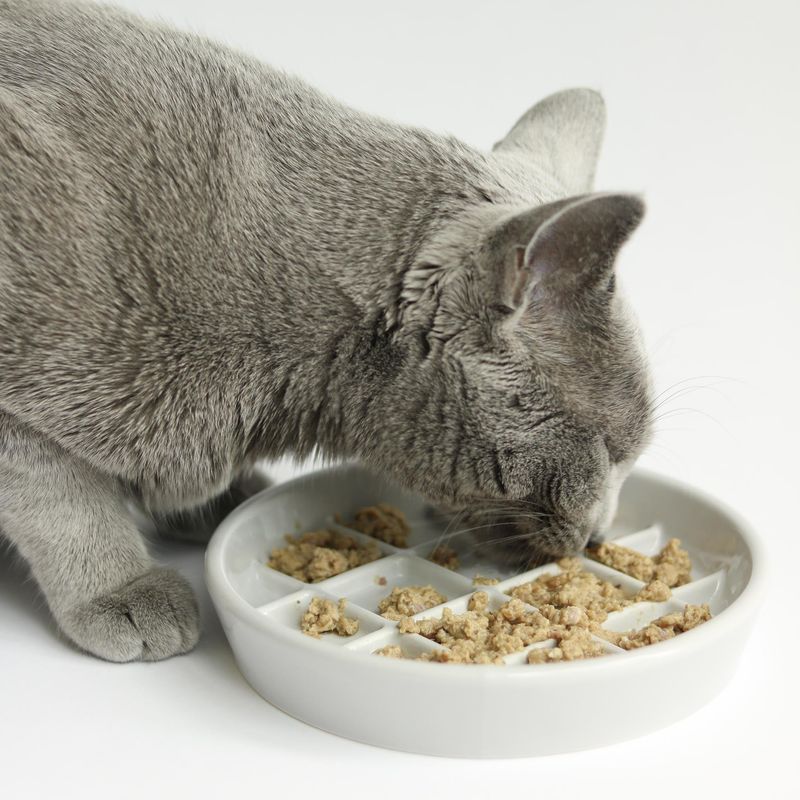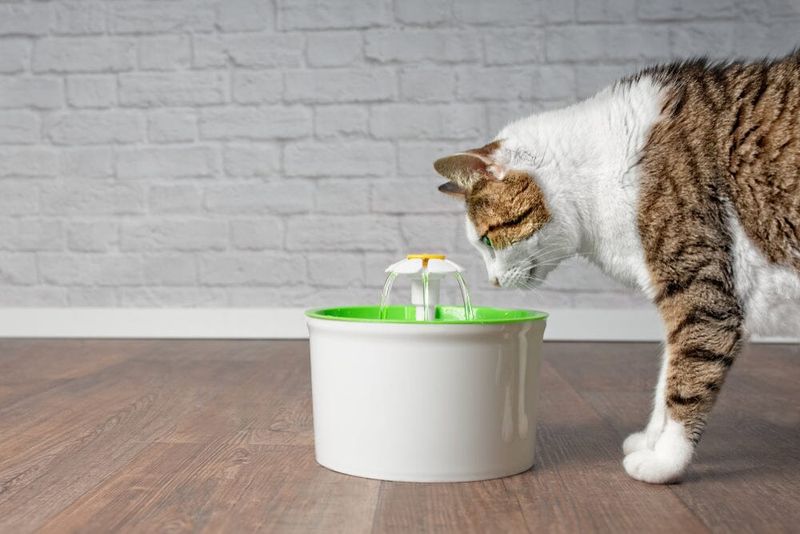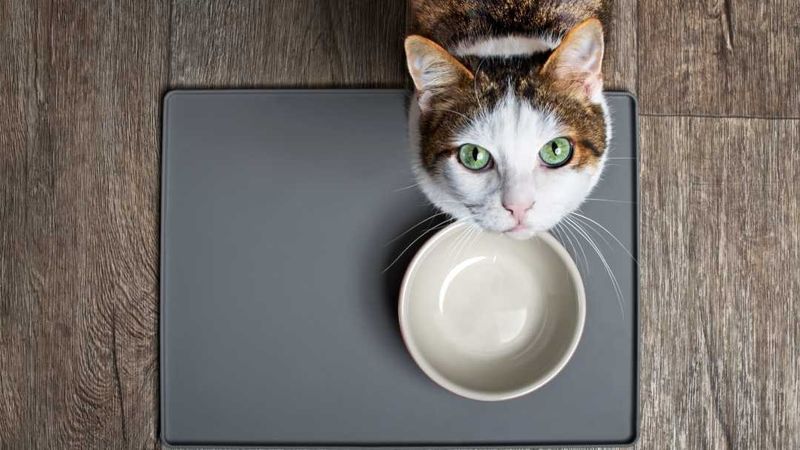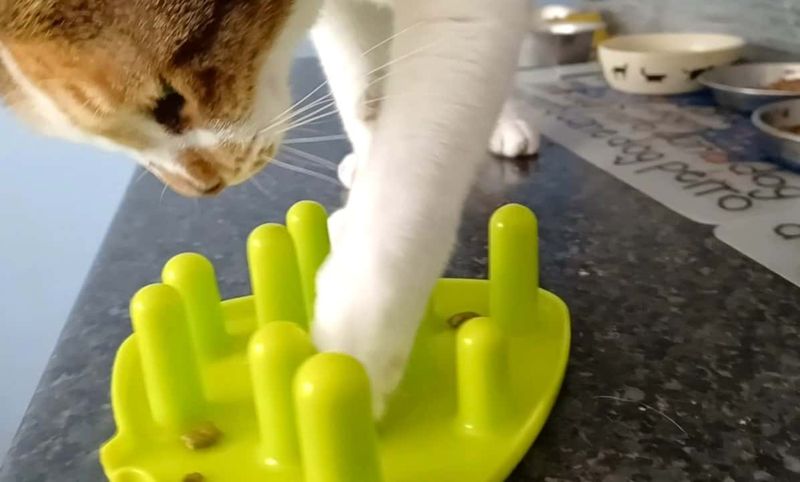📖 Table of Content:
As cat owners, we all wish our feline companions could stay by our side forever. While science hasn’t unlocked the key to immortality just yet, it has revealed that small changes in your cat’s daily routine—especially at mealtime—can significantly impact their health and longevity. What and how your cat eats plays a powerful role in everything from immune strength to kidney function to mental sharpness as they age.
But beyond choosing a premium cat food or checking labels for taurine, there’s a more nuanced world of feline feeding habits that often goes unexplored. Cats are complex creatures, and their ancestral instincts shape how they approach food, even in the comfort of our kitchens. Tapping into these instincts with thoughtfully designed mealtime rituals can promote not just longer life—but a more fulfilling, behaviorally enriched one too.
In this article, we’re going beyond the basics. These 7 feeding habits are evidence-informed, a bit unconventional, and designed to align with your cat’s natural rhythms. Whether you’re caring for a rambunctious kitten or a dignified senior, incorporating these strategies can help support a longer, healthier life—with many more purrs, cuddles, and happy zoomies to come.
1. Pre-Meal Play Rituals
Imagine your cat stalking prey through tall grass before pouncing—now translate that into playtime before meals. Short bursts of physical activity, like chasing a wand toy or a laser pointer, simulate the natural “hunt-catch-eat” cycle. Engaging this instinct primes their body for digestion and reduces stress-related eating. It’s not just cute—it’s biologically grounding. Studies show that cats who follow this pattern exhibit healthier digestion and better weight control. Make it part of your routine: 5–10 minutes of play, then serve the meal. This also strengthens your bond and offers a daily enrichment window. Over time, you’ll notice calmer behavior and a more engaged appetite.
2. Rotate Protein Sources Weekly
Rather than sticking to the same chicken recipe week after week, why not offer a flavor safari? Cats benefit from variety—different protein sources provide unique amino acid profiles and micronutrients. Regular rotation may reduce the risk of developing food sensitivities and boredom. While consistency is important for some cats with medical conditions, healthy felines often thrive on controlled variation. It’s a strategy drawn from nature: wild cats don’t hunt the same prey every day. Introducing novel proteins like duck, venison, or quail can engage picky eaters too. Start gradually, mixing new with old to avoid digestive upset. With time, your cat’s immune system and taste buds will thank you.
3. Serve Food at “Prey Temperature”
Cold food straight from the fridge? Not very appealing to a creature wired to eat freshly caught prey. Serving meals closer to body temperature—around 100°F—makes food more aromatic and digestible. Cats rely heavily on smell to initiate eating, and warming food can trigger a stronger, more enthusiastic response. This is especially beneficial for senior cats with reduced olfactory sensitivity. Simply submerging a food bowl in warm water or microwaving briefly (in safe containers) does the trick. Just be sure to stir well and test the heat. By honoring their instincts, you’re making mealtime more natural and satisfying.
4. Micro-Meals Instead of Two Big Bowls
Skip the “breakfast and dinner” mindset—cats aren’t built like us. In the wild, they consume small prey throughout the day, not two large feasts. Mimicking this by offering micro-meals (4–6 times daily) can stabilize energy levels and reduce fat accumulation. Smaller, more frequent feedings prevent blood sugar spikes and keep your cat mentally engaged. It may sound like a hassle, but automatic feeders can make it effortless. Think of it as nutrition delivered on nature’s schedule. Overeating becomes less likely, and picky behavior may disappear. Your cat’s metabolism will function more efficiently—like a well-tuned engine.
5. Hydration Station Hideaways
It might surprise you, but cats often avoid drinking water placed next to their food. Instinct tells them that stagnant water near food may be contaminated—an echo from life in the wild. Scatter water bowls or fountains in different corners of your home, especially quiet or sunny spots. This encourages spontaneous hydration throughout the day. Cats are notoriously bad at drinking enough water, which can lead to urinary and kidney issues. A beautiful ceramic bowl on a bookshelf or a fountain near a window perch? Now you’ve turned hydration into discovery. When your cat drinks more, their entire system benefits—quietly, steadily, daily. Hidden hydration stations are a game-changer for longevity.
6. Occasional Fast Days (Under Vet Guidance)
Every now and then, your cat might benefit from a mini reset. Occasional low-calorie days or meal-skips (never for kittens or ill cats!) can mirror natural fasting cycles. Wild cats don’t score a meal every day, and short fasts may activate cellular repair processes like autophagy. This can reduce inflammation, manage weight, and slow aging in some animals. Always check with your vet before trying this strategy, especially for cats with special needs. For healthy adults, skipping one meal every couple of weeks can be rejuvenating. Monitor your cat’s mood and energy closely during fast days. Done mindfully, this habit can introduce metabolic flexibility and resilience.
7. Puzzle Feeders With Scent Cues
Ditch the bowl—enrichment feeding is where it’s at. Puzzle feeders engage your cat’s brain and body, simulating the thrill of “foraging” indoors. Add another layer: scent cues like tuna juice or tiny treats placed nearby. These trigger curiosity and tap into their strongest sense—their nose. Feeding becomes a stimulating game, not just a routine. This not only curbs boredom but supports cognitive health, especially in older cats. It’s also a sneaky way to slow down fast eaters. Mealtime transforms into a satisfying hunt, echoing the wild while extending both mind and body vitality.
